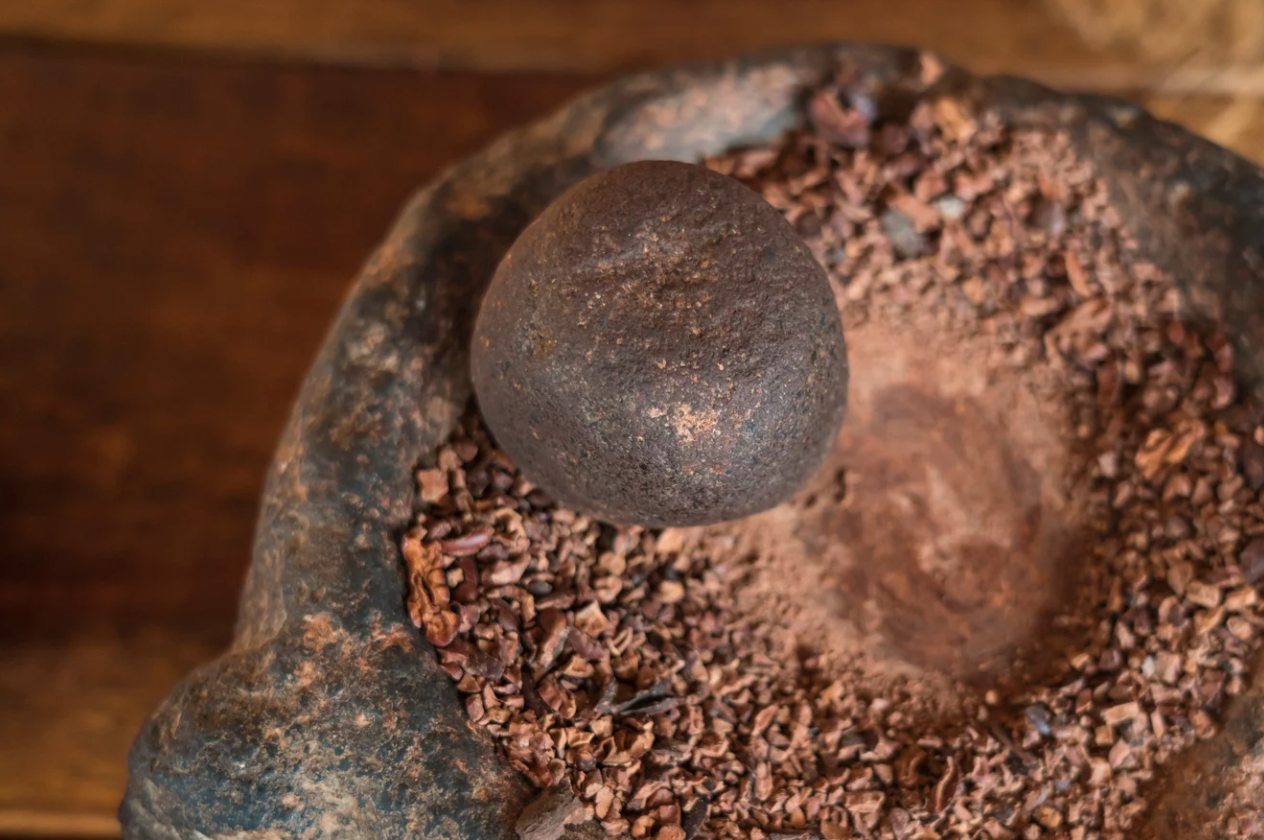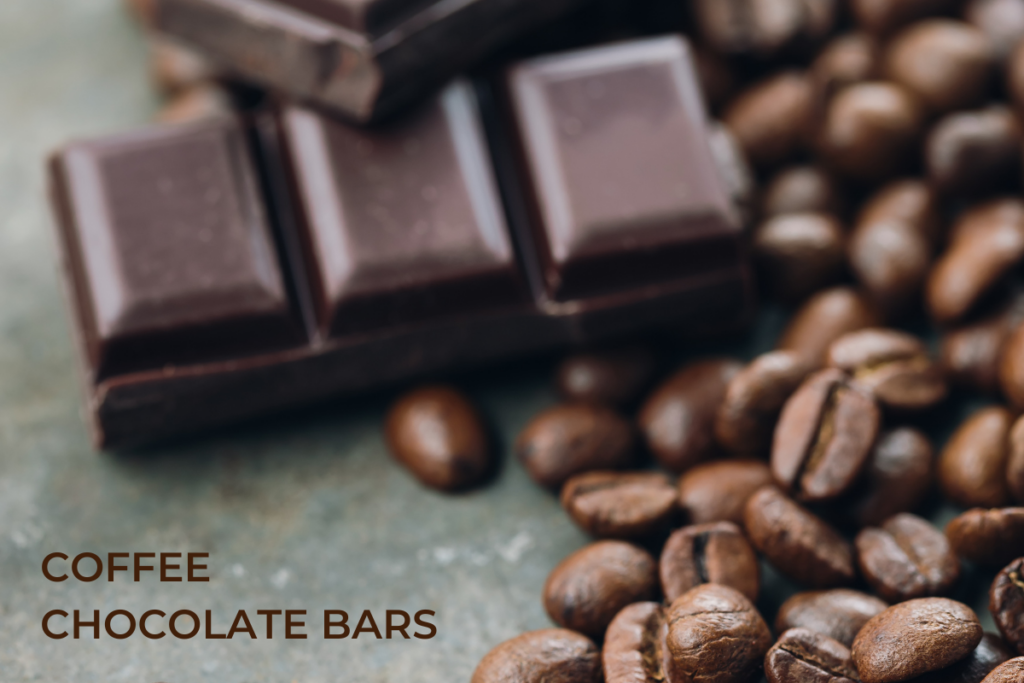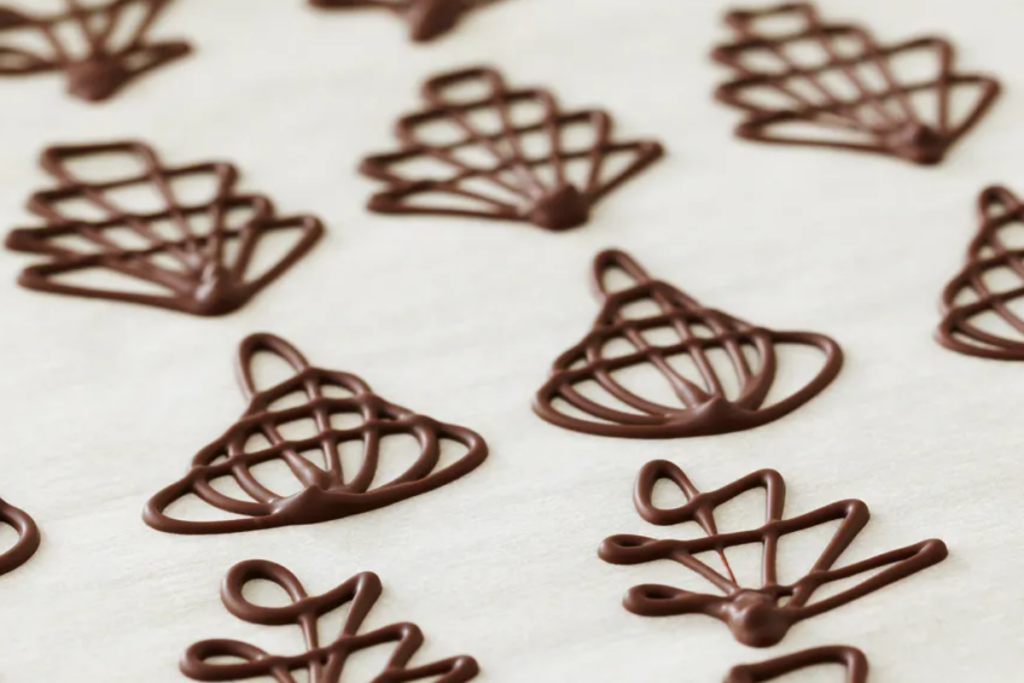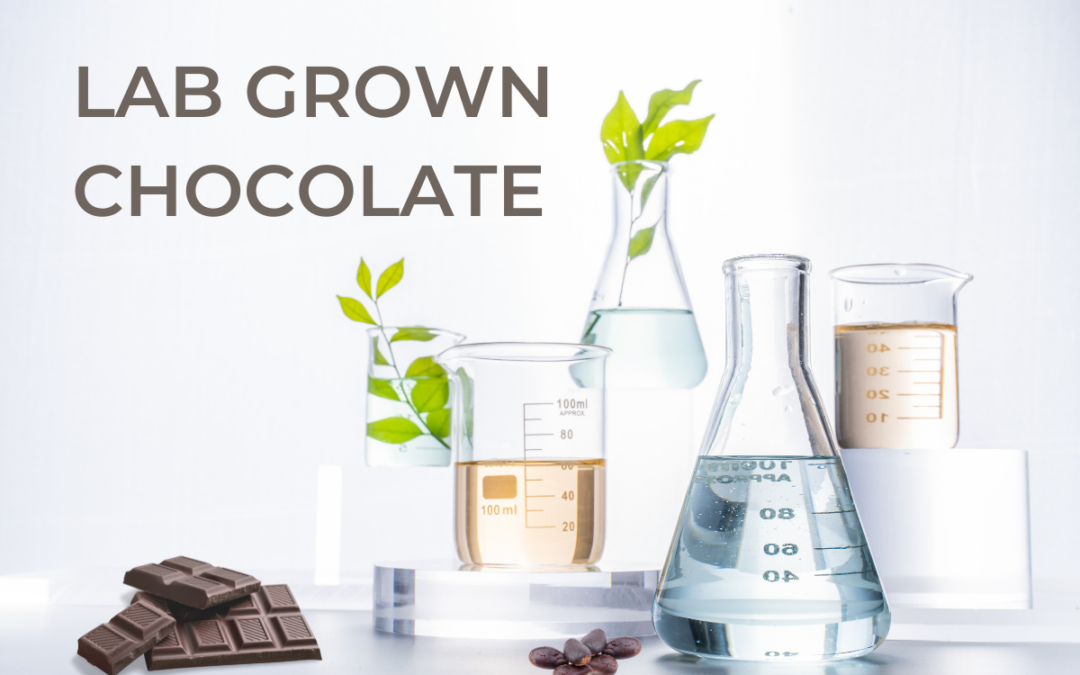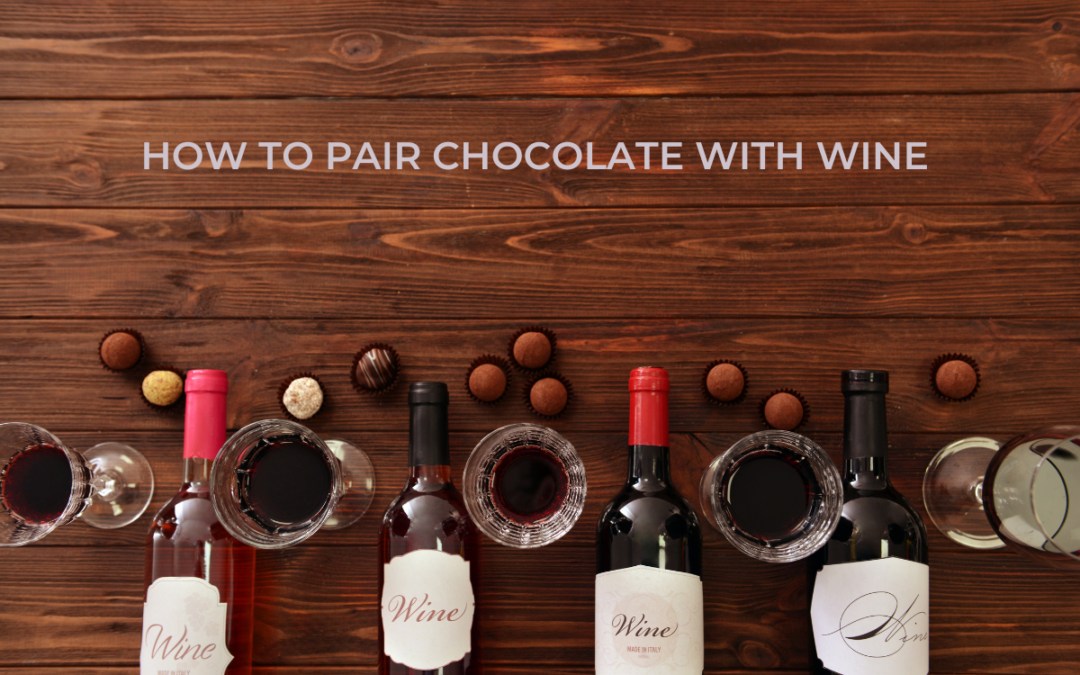Did you know that chocolate was first enjoyed as a bitter, frothy drink? Over 3,000 years, Mesoamerican civilizations like the Olmecs, Mayans, and Aztecs ground cacao beans and mixed them with water, spices, and sometimes maize. This was a sacred beverage for them and reserved for rituals, royalty, and warriors.
Keep reading to uncover the fascinating journey of how the chocolate bar we adore today evolved from something entirely different!
The earliest known forms of chocolate
The Olmec: The First to Discover Cacao (1500–400 BCE)
The Olmec, one of the earliest Mesoamerican civilizations, are believed to be the first to use cacao. Though details of their methods remain unclear, evidence suggests they consumed it as a drink, likely mixed with water and spices. Cacao may have also played a role in their rituals or been valued for its medicinal properties.
The Mayan: Chocolate as a Sacred Beverage (250–900 CE)
The Mayans perfected cacao into a rich, flavorful drink called kakaw. They ground roasted cacao beans and blended them with water, chili, vanilla, and honey to create a thick, frothy beverage. Highly valued, this chocolate drink played a central role in religious ceremonies, feasts, and daily life. Unlike the Olmecs, the Mayans enjoyed cacao across all social classes, making it a staple of their culture.
The Aztec: Cacao as Currency and Power (1300–1500s CE)
The Aztecs elevated cacao to an even higher status, using its beans as currency and valuing it as a sacred gift from the gods, particularly Quetzalcoatl, the god of wisdom. Their experience of chocolate, xocoatl, was as a bitter, spiced drink believed to boost strength and energy. Warriors and nobles, including Emperor Montezuma, drank it regularly for its invigorating effects, reinforcing cacao’s powerful role in their culture.
How was cacao prepared as a drink?
In ancient times, cacao was transformed into a drink by grinding roasted cacao beans into a smooth paste. This paste was then blended with water, resulting in a thick, frothy beverage. This is much the same process that we regularly do with coffee beans today. Crafted by hand using tools like stone grinders or molcajetes, the frothy texture was a key element of the drink’s allure. To enhance the flavor, different regions and cultures added different ingredients like chili, vanilla, honey, and even maize as a thickener. The resulting drink was not only a rich and unique treat but also held significant cultural and ceremonial importance. If you think this drink sounds compelling, you can try to make a Mayan chocolate beverage at home.
The transformation of chocolate
When Spanish explorers arrived in the 16th century, they brought cacao beans back with them and introduced the traditional cacao drink to Europe, where it was transformed with sugar and milk, gradually evolving into the hot chocolate drink we enjoy today. Over time, new techniques refined this once-sacred drink into chocolate bars, confections, and chocolate desserts that are beloved around the world.
Learn more about how chocolate was made throughout history.
How preparation methods changed over time
Over the centuries, cacao’s preparation evolved dramatically, transforming from a bitter, frothy drink into the sweet, solid chocolate treats we cherish today. As time passed, grinding techniques improved and innovations like conching and tempering were introduced, creating smoother, more consistent chocolate. These advancements led to the development of solid chocolate bars, truffles, and other confections, turning what was once a sacred beverage into a global treat.
While the original bitter, frothy drink may not sound as tempting as the rich, smooth chocolate we eat today, understanding its origins gives us a deeper appreciation for its journey. We hope you enjoyed this history of chocolate! For more fascinating chocolate history and delicious recipes, explore the rest of our CocoTerra blog.
If you have any questions or comments, feel free to contact us through our social media channels. We are @cocoterra_co on Instagram and Pinterest and @cocoterraco on X (aka Twitter) and Facebook.

